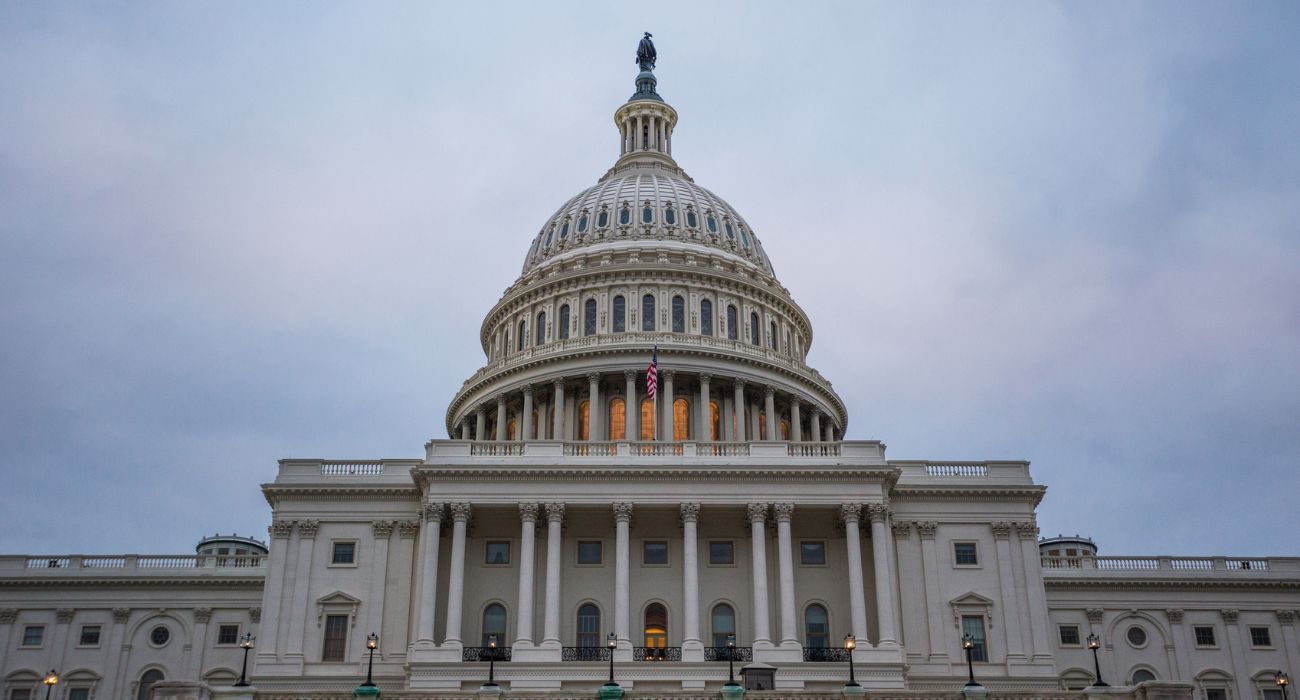The U.S. Supreme Court ruled on Thursday that the Biden administration can end the Trump-era program Migrant Protection Protocols (MPP), commonly referred to as the “Remain in Mexico” policy. The ruling reverses a lower court ruling that reinstated the program.
The Court ruled 5-4 in favor of the Biden administration, with Chief Justice John Roberts writing the majority opinion and being joined by Justices Brett Kavanaugh, Elena Kagan, Stephen Breyer, and Sonia Sotomayor.
The MPP applied only to applicants for admission to the U.S. (whether lawful or unlawful) from a third country who traveled through Mexico to seek entry into the U.S. Under the program, these individuals had to stay in Mexico while awaiting the court hearing on their asylum cases.
The Trump administration instituted the MPP in January 2019. By the end of 2020, nearly 70,000 applicants for U.S. admission had been sent to Mexico while awaiting their hearing in court, according to the American Immigration Council.
President Joe Biden sought to end the MPP soon after taking office. However, Texas and Missouri sued, and a federal district judge in Texas ruled in favor of the states.
U.S. District Judge Matthew J. Kacsmaryk ruled that termination of the MPP violated a federal law. He asserted the law requires applicants for admission to the U.S. who are “not clearly and beyond a doubt entitled to be admitted” to be detained or, if they arrived from a contiguous country, sent back. Thus, the Biden administration reinstated the program in December 2021.
However, the Supreme Court has now ruled that the federal government’s cancellation of the MPP did not violate the section of immigration law as Texas and Missouri had argued.
“[T]he Government’s rescission of MPP did not violate section 1225 of the INA, and the October 29 Memoranda did constitute final agency action,” Chief Justice Roberts wrote in the Court’s opinion.
The statute both Kacsmaryk and Roberts cited is 8 U.S.C. Section 1225, which states that “any person not a citizen or national” of the U.S. “shall be detained for a proceeding” unless they are “clearly and beyond a doubt entitled to be admitted.”
The divergence in the two courts’ rulings hinges on the statute’s statement that if an applicant for U.S. admission is from a contiguous territory like Mexico, “the Attorney General may return the alien to that territory” while they await a hearing.
The Supreme Court’s majority pointed to language in the statute saying the government “may return” applicants for U.S. admission to a contiguous territory, noting that the wording is “discretionary” by nature.
The states’ and lower courts’ interpretation of that statute was that a return is mandatory if the person will not be detained.
“The problem is that the statute does not say anything like that,” Roberts wrote. The chief justice explained that if Congress meant for a return to be mandatory if there was a lack of detention, the statute would have said so in clear language.
Roberts also said that the lower court was wrong to block Biden’s suspension of the program, citing a Supreme Court ruling from earlier this term that said lower courts could not issue class-wide orders barring immigration officials from carrying out policies.
That section of the opinion suggests that lower courts, in future litigation over the MPP, will not have the authority to block Biden’s termination of the program.
The justices’ opinion on lower court authority may also dampen future efforts to challenge the immigration policies of Democratic and Republican administrations in court.
“While we are heartened that today’s decision will end the cruel and inhumane Remain in Mexico program, stripping federal courts of their ability to issue injunctions in immigration enforcement and detention cases not brought by individual immigrants will have severe ramifications on immigrant rights going forward,” Aaron Reichlin-Melnick, policy director of the American Immigration Council, said in a statement. “Limiting access to justice to challenge immigration enforcement cases sets a dangerous precedent by giving agencies unchecked power to arrest, detain, and deport.”
The Biden administration asserted in oral arguments that it was within its authority to end the program and claimed that the protocol was not an effective way to deal with applicants for admission to the U.S.
Since the program’s restart in December 2021, the Biden administration has enrolled far fewer applicants for U.S. admission into the program than during the Trump era. From December to the end of May, the Biden administration enrolled more than 5,100 individuals into the program, according to the Transactional Records Access Clearinghouse at Syracuse University.
One reason for the lower number of enrollees into the program was an agreement made with Mexico that the U.S. would only make admission applicants wait there if the country had sufficient shelter space for them.
Solicitor General Elizabeth Prelogar said during oral arguments in April that the program “has inherent constraints,” citing the need to meet demands and ensure compliance from Mexico, a sovereign nation, to make U.S.-admission applicants remain in their country.
Justice Amy Coney Barrett issued a dissenting opinion on Thursday but said she agreed with the majority’s view of the relevant immigration statute. Barrett believed the Supreme Court should have sent the case back to the lower courts.
“I agree with the Court’s analysis of the merits—but not with its decision to reach them,” Barrett wrote.
Justice Samuel Alito wrote a firmer dissenting opinion, arguing that the government does not have the authority to release admission applicants into the U.S. (in lieu of other countries) if it is believed that they may not be eligible for admission. Justices Clarence Thomas and Neil Gorsuch joined Alito’s opinion.
“When it appears that one of these aliens is not admissible, may the Government simply release the alien in this country and hope that the alien will show up for the hearing at which his or her entitlement to remain will be decided? Congress has provided a clear answer to that question, and the answer is no,” Alito wrote, saying that in such a case, an applicant for admission to the U.S. “shall be detained” for either removal or consideration of an asylum application.
Texas Attorney General Ken Paxton agreed with Justice Alito’s dissent in a press release. He called the Supreme Court ruling “an unfortunate one” and said it was “wrongly decided.”
“Over a year ago, Texas and Missouri sued the Biden Administration for illegally abandoning MPP,” said Paxton. “I won in district court and then won again on appeal. The Administration dragged its feet and refused to implement this effective program in good faith, allowing hundreds of thousands of illegals to pour over the border month after month. Today’s decision makes the border crisis worse. But it’s not the end. I’ll keep pressing forward and focus on securing the border and keeping our communities safe in the dozen other immigration suits I’m litigating in court.”
It is unclear whether the Biden administration will end the MPP immediately or await further lower court rulings, as there are still several lawsuits filed by states challenging the protocols in progress.







With this “discretionary” wording, both mayorkas and garland will make sure every single illegal invaders is allowed into the US regardless of their background, country of origin even with criminal background. Making sure enough are in to force voting right just like in california. Wait for the spike for the worse in everything
SCOTUS had to allow the other side a win or end up in disaster.